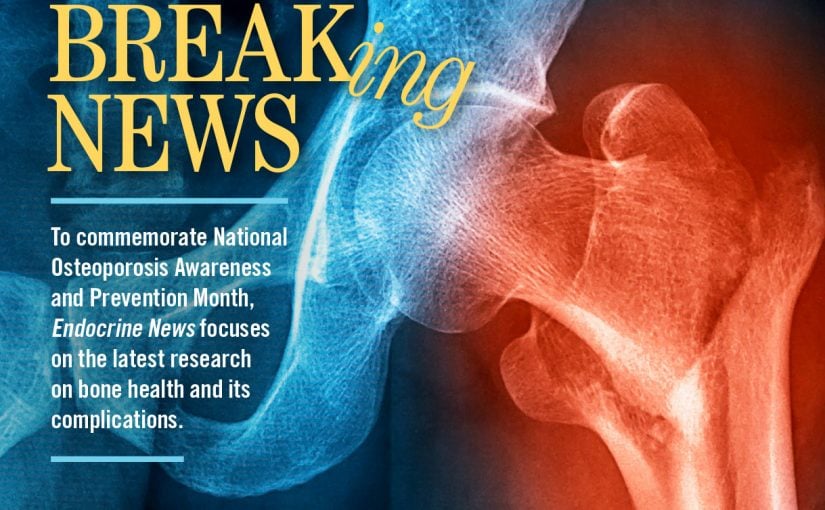Baseline insulin-like growth factor-1 (IGF-1) and stimulated peak growth hormone response can serve as predictors for how severe growth hormone deficiency is in pediatric patients as well as how these patients will respond to different treatments, according to a study recently published in the Journal of the Endocrine Society.
Researchers led by Michael O. Thorner, MB, BS, DSc, of Lumos Pharma in Austin, Texas, write that the amount of growth hormone secreted by children ranges from zero in the most severe cases to measurable subnormal quantities in milder cases. Recombinant human growth hormone (rhGH) is approved for treatment of pediatric GHD and the greatest growth responses with that drug have been observed in patients with severe GHD, while orally administered GH secretagogues (GHS) may be more beneficial for children with more moderate cases. The authors point to the drug ibutamoren as a GHS that has the potential to stimulate growth over time in children with milder GHD. “Distinguishing children with severe vs moderate GHD could identify children who would be better treated with rhGH or GHS,” the authors write.
For this analysis, the researchers looked at data from Eli Lilly’s GeNeSIS trial of 514 treatment-naïve children with GHD, to determine whether stimulated maximum GH and serum IGF-I are still significant indicators of severe or moderate GHD, if other contributing variables are included. “A series of multivariate analyses of annualized [height velocity (HV)] from 514 children treated with rhGH indicated that age, rhGH dose, the difference between patient and target height SDS, BMI SDS, GH stimulation test result, and baseline IGF-I concentration were all independent indicators,” the authors write. “Based on our analysis, prepubertal children aged 4 to 10 years with moderate idiopathic IGHD (stimulated GH ≥ 2 µg/L and IGF-I > 30 µg/L) have the potential to grow on average 8.3 cm/y in the first year of rhGH treatment.”
The researchers conclude that baseline IGF-I and stimulated GH alone or together are significant indicators of the degree of pediatric GHD, independent of other markers. In children with idiopathic IGHD, their combined use with cutoffs >30 µg/L for IGF-I and ≥2 µg/L for GH are predictive enrichment markers to segregate HV responses to rhGH therapy and can identify patients with moderate GHD who qualify for oral GH secretagogue testing and treatment, they write.
“Notably, children with the most severe GHD grow at highest HV in response to rhGH treatment,” the authors continue. “Our working hypothesis is that children with moderate GHD will grow at similar rates in response to either daily injections of rhGH or oral ibutamoren.”

